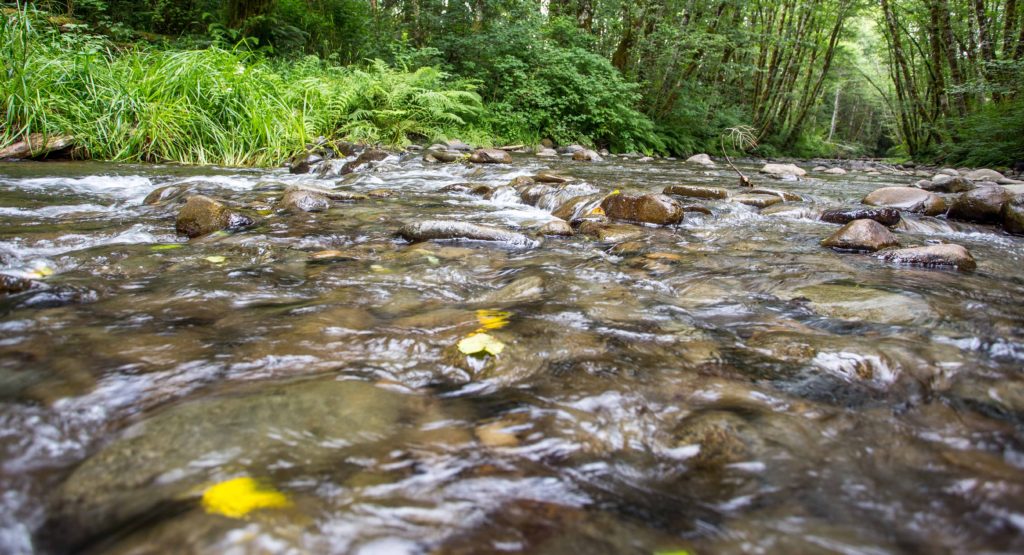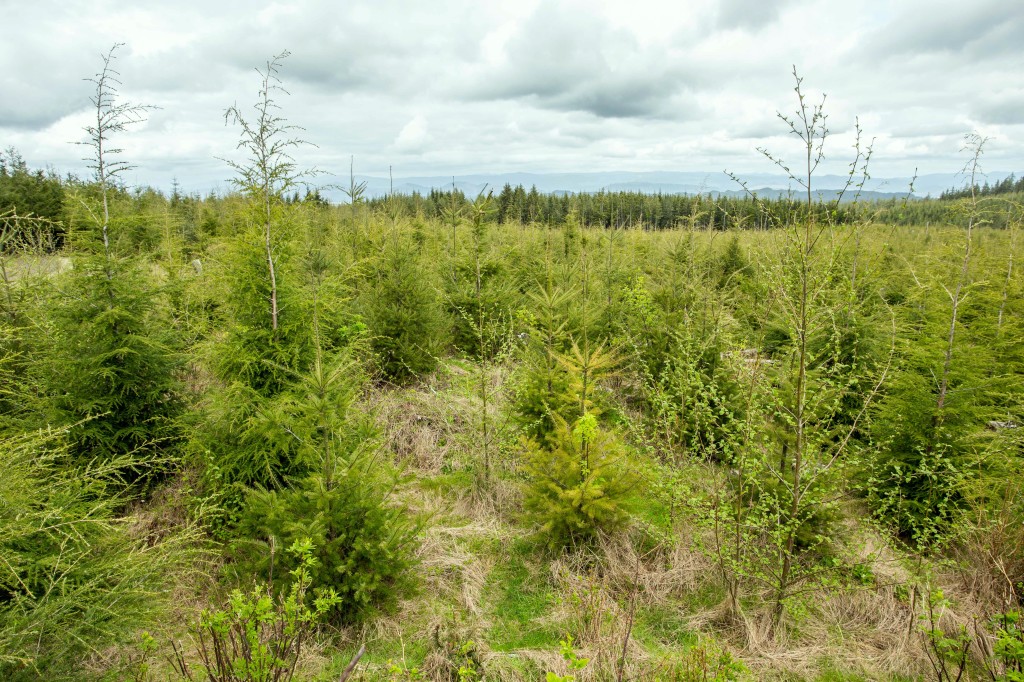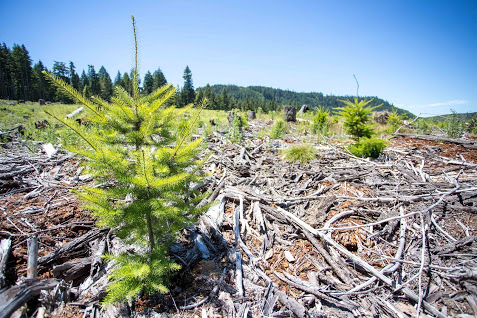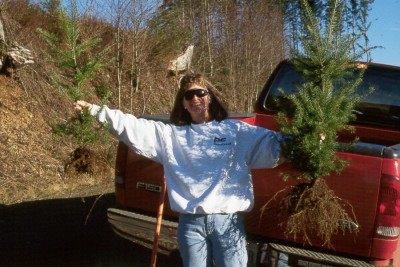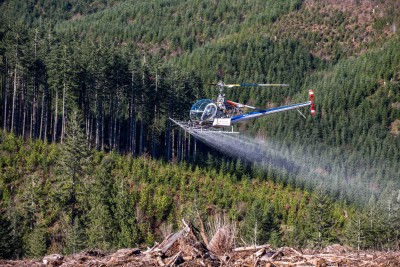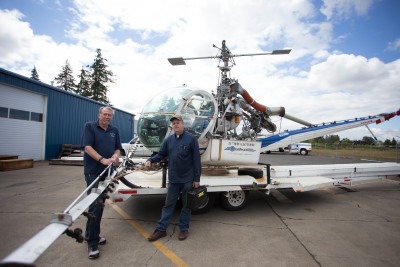By: Arnie Roblan and Caddy McKeown | The Oregonian | Feb. 7, 2021
Roblan, a Democrat from Coos Bay, represented District 5 in the Oregon Senate from 2013 until last month. McKeown, a Democrat from Coos Bay, represented District 9 in the Oregon House from 2013 until last month.
This opinion originally appeared in The Oregonian.
Oregonians are well-versed in the story of our state’s decades-old battle between the timber industry and environmentalists. Books have been written about it. University seminars are given on it. As longtime legislators, we had front-row seats to years of tense hearings with heated testimony on controversial forest policy bills. These issues are extremely emotional and divisive, sometimes fueling opposition in the form of tree sitting, massive rallies on the Capitol steps and other public protests.
We are encouraged and optimistic that those days are behind us. As Henry Ford once said, “Coming together is a beginning, staying together is progress, and working together is success.”
Last February, Oregon Gov. Kate Brown announced a groundbreaking agreement between 13 timber and forest products entities and 13 environmental organizations. Known as the Private Forest Accord, this collaborative environmental effort is moving forward in lieu of the divisive ballot measures, litigation and contentiouslegislation of the past. The signatories of the accord pledged to work together on proactive legislation and explore if common ground exists to support recommended changes to forest practices that have long divided them.
Even during a global pandemic and a horrific wildfire season, the group has stuck together and made significant progress. During a special session in June, the Legislature passed Senate Bill 1602 with nearly unanimous bipartisan support in both legislative chambers, and the bill was signed into law by the governor in July. SB 1602, which was crafted with the help of timber and environmental leaders, codified the historic agreement and created a set of significant reforms to the Forest Practices Act. These new laws restrict helicopter applications of pesticides on forestland with new protections for homes, schools and drinking water, and created a new, first-in-the-nation real-time neighbor notification and reporting requirement. We are proud to have championed that bill. All Oregonians should be proud of this accomplishment and the admirable spirit of collaboration that made it possible.
Now is the time to build on that success. Last month Gov. Brown announced the appointment of experienced mediator Peter Koehler, Jr., to facilitate further dialogue about new protections for sensitive aquatic species on private forestland, which could be formalized in a statewide Habitat Conservation Plan. Negotiations began in earnest this month, and we have high hopes for the outcome.
These negotiations over the next few months will not be easy, but the success of SB 1602 demonstrates the promise of a thoughtful, collaborative process for change that Oregonians deserve, rather than the divisive battles of the past.
Importantly, the Legislature needs to support this momentous opportunity and give the signatories the space necessary to grow and carry out what was set in motion last February. It is time to hold off on legislation that fuels a polarizing debate over Oregon forest policy, and instead support the arena for collaborative compromise. Legislative leaders from both parties should endorse this effort and help ensure its success by tabling traditionally polarizing issues and debates.
While we do believe it is imperative the Legislature address the recent megafires in our forests that have devastated our communities, solutions should focus on federal lands and can be discussed without disrupting the Private Forest Accord. In the past decade, 86% of the forested acres that have burned in Oregon were on federal lands.
The opportunity for a better way and a new day for Oregon forest policy is before us. A new paradigm—something we’ve never seen before in our careers as legislators—is taking shape, and it deserves every chance to succeed.
The Legislature and all Oregonians should join us in embracing this new collaborative approach.
